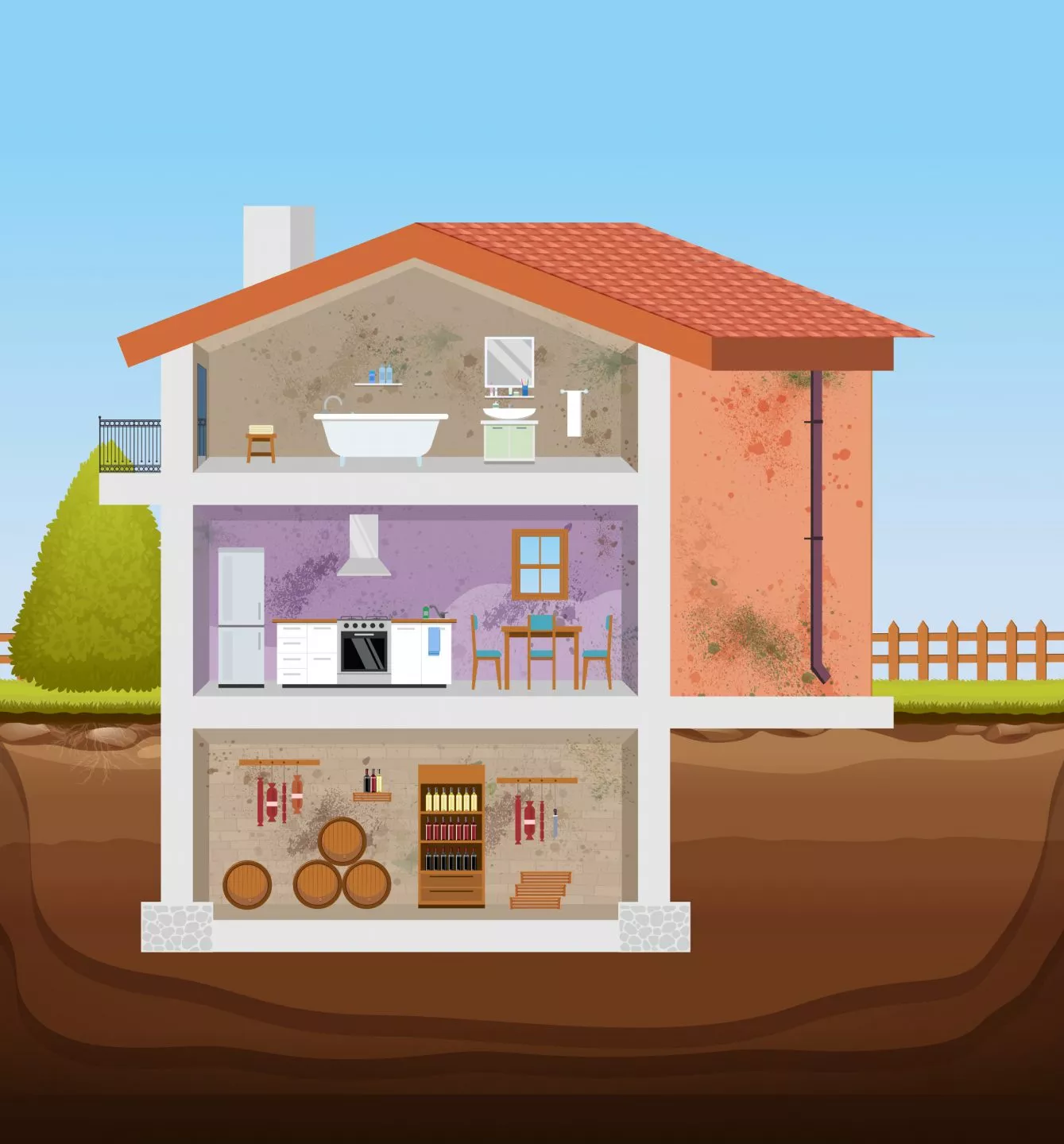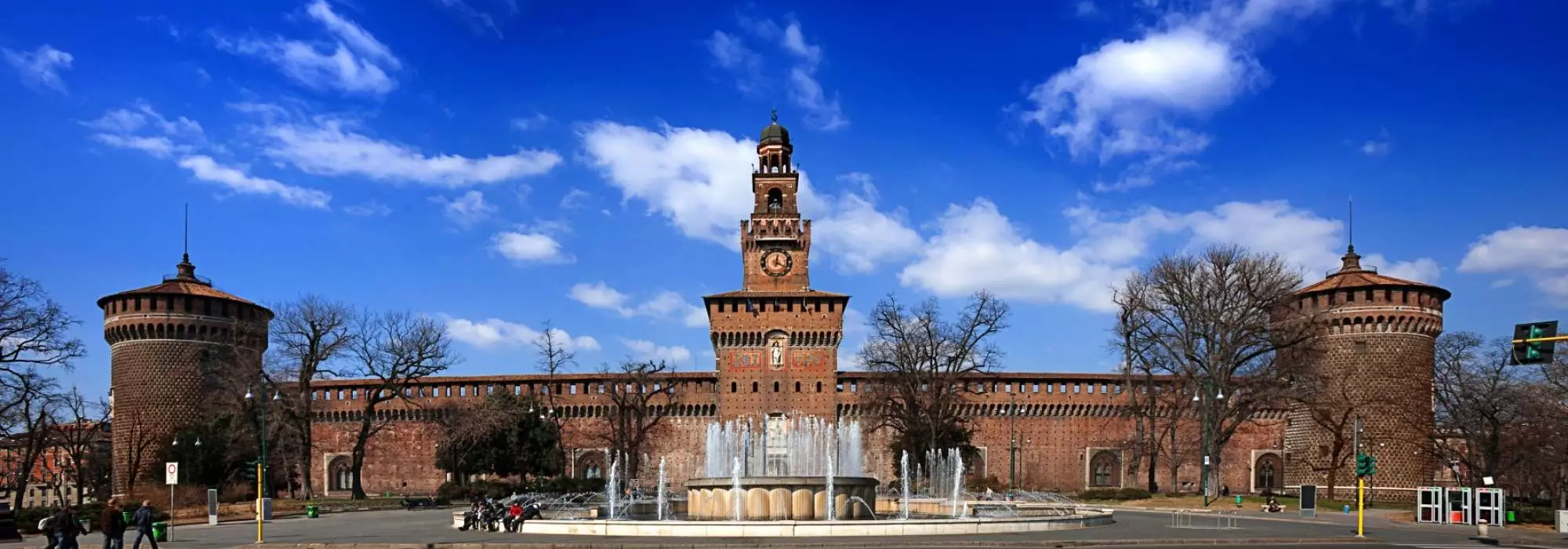The residual humidity or construction humidity is the humidity still present in construction works due to the incomplete evaporation of the water present in many construction materials (mortars, plasters, coatings, etc.) used for its construction or for renovation. It can have a different incidence depending on the age of the building.
The humidity in the building is manifested above all if the correct ventilation times of the rooms, foreseen by the building and hygiene regulations in force during the construction works, are not respected. During these interventions, building materials retain liquids for a long time, especially if the works proceed without respecting the drying times of the previous processing.
If your home has been built for less than 12 months, residual moisture is very likely.
The main visible phenomena, to check for their presence, are mold on the walls and high humidity in the indoor air, often accompanied by an annoying smell.
Based on documented statistics based on the analysis of hundreds of new homes, made by appropriate and sophisticated instrumental investigations, 80% of them were found to have residual building moisture.
In renovated houses, this percentage was only 5% (therefore in the remaining 95% of cases the other different types of humidity coexisted up to now coexist).
There is no immediate remedy for residual moisture from construction works.
The best intervention is to wait for the natural dehumidification of the walls and other artifacts.
In normal conditions, in fact, the residual humidity disappears spontaneously by evaporation on the basis of the “drying times” which can be calculated, albeit with great approximation, on the basis of the elements recalled in the image.

Drainage is a function of a coefficient (p)
The time (t) required, expressed in days, required for a structure to dry out losing its construction humidity is in relation to the square of its thickness:
t = p x s2

Example: The Sforzesco Castle in Milan has some walls that reach thicknesses of up to 3 meters, therefore:
t = p x s2
t = 1,2 x 3002
t = 1,2 x 90.000
t = 108.000 giorni